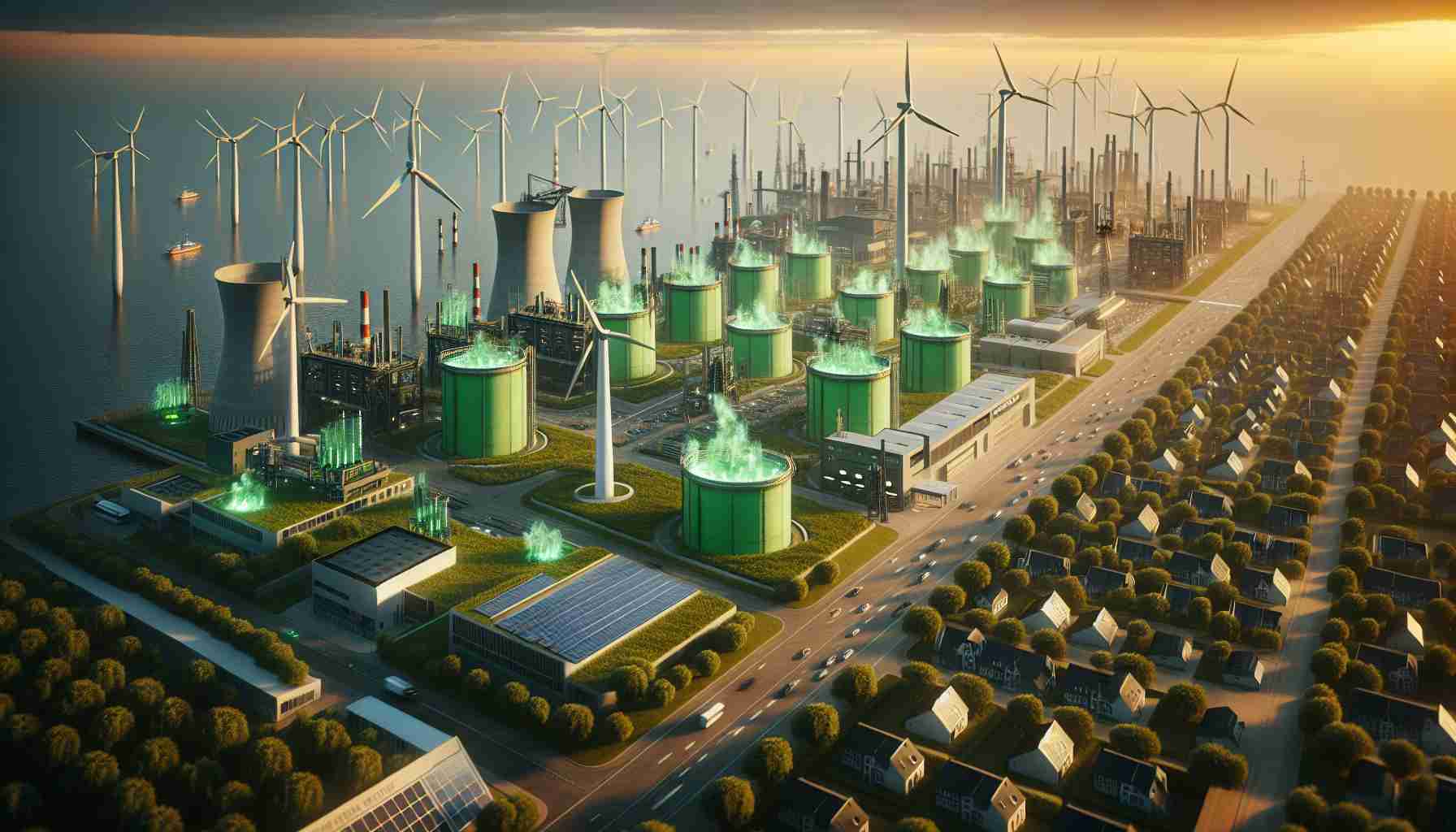In a significant leap towards sustainable energy, Uniper has chosen Electric Hydrogen to spearhead the development of a groundbreaking 200 MW electrolyser plant as part of its ambitious Green Wilhelmshaven initiative in Northern Germany. This notable partnership reflects a shared vision of advancing hydrogen technology, with Electric Hydrogen delving into preliminary engineering design work for the project starting in October 2024.
The Green Wilhelmshaven project is pivotal, incorporating a large-scale electrolysis system aimed at generating green hydrogen and an import terminal for ammonia. Strategically situated on the grounds of a former coal-fired power plant, this facility will harness renewable energy from nearby wind farms to produce zero-carbon hydrogen, addressing a key segment of Germany’s industrial emissions. The plant’s close proximity to the first LNG terminal in Wilhelmshaven bolsters its operational efficiency, while an extensive pipeline network connects it to existing hydrogen infrastructures and underground storage.
This initiative is not merely about energy production; it is a cornerstone for Germany’s energy transition, positioning Wilhelmshaven as a central hub for green hydrogen located at the heart of Europe’s energy supply. The collaboration underscores Uniper’s commitment to lead in low-carbon energy solutions, demonstrating the importance of strong partnerships and innovative technologies in achieving a greener future and addressing climate change challenges.
FAQ Section
What is the Green Wilhelmshaven project?
The Green Wilhelmshaven project is an initiative by Uniper to develop a large-scale electrolyser plant capable of producing green hydrogen. It includes an electrolysis system and an import terminal for ammonia, leveraging renewable energy from nearby wind farms to generate zero-carbon hydrogen.
Who is Electric Hydrogen?
Electric Hydrogen is a company selected by Uniper to lead the development of the 200 MW electrolyser plant. They will start preliminary engineering design work for the project in October 2024.
What is green hydrogen?
Green hydrogen refers to hydrogen produced through electrolysis powered by renewable energy sources, such as wind or solar power. This production method results in zero carbon emissions, making it a sustainable energy option.
Why is the location of the plant significant?
The facility is strategically located on the grounds of a former coal-fired power plant in Wilhelmshaven. Its proximity to the first LNG terminal enhances operational efficiency, while a vast pipeline network connects it to existing hydrogen infrastructures and underground storage.
How does the project contribute to Germany’s energy transition?
The Green Wilhelmshaven project plays a crucial role in Germany’s energy transition by developing green hydrogen as a key solution to reduce industrial emissions and facilitating the country’s movement towards low-carbon energy systems.
What is the expected timeline for the project?
Electric Hydrogen will begin preliminary engineering design work in October 2024, marking the start of development for the 200 MW electrolyser plant.
Why are partnerships important in this project?
The collaboration between Uniper and Electric Hydrogen emphasizes the necessity of strong partnerships and innovative technologies in achieving sustainable energy solutions and addressing climate change challenges.
Key Terms
– Electrolyser: A device that uses electricity to split water into hydrogen and oxygen, facilitating the production of hydrogen fuel.
– Green Hydrogen: Hydrogen produced from renewable energy sources with zero carbon emissions during its production process.
– Ammonia Import Terminal: A facility for importing ammonia, which can be produced using green hydrogen and is often used as a hydrogen carrier or for various industrial applications.
– LNG Terminal: A facility for the import and export of liquefied natural gas, which can be integrated with renewable energy projects for efficiency.
Suggested Related Links
Uniper
Electric Hydrogen
